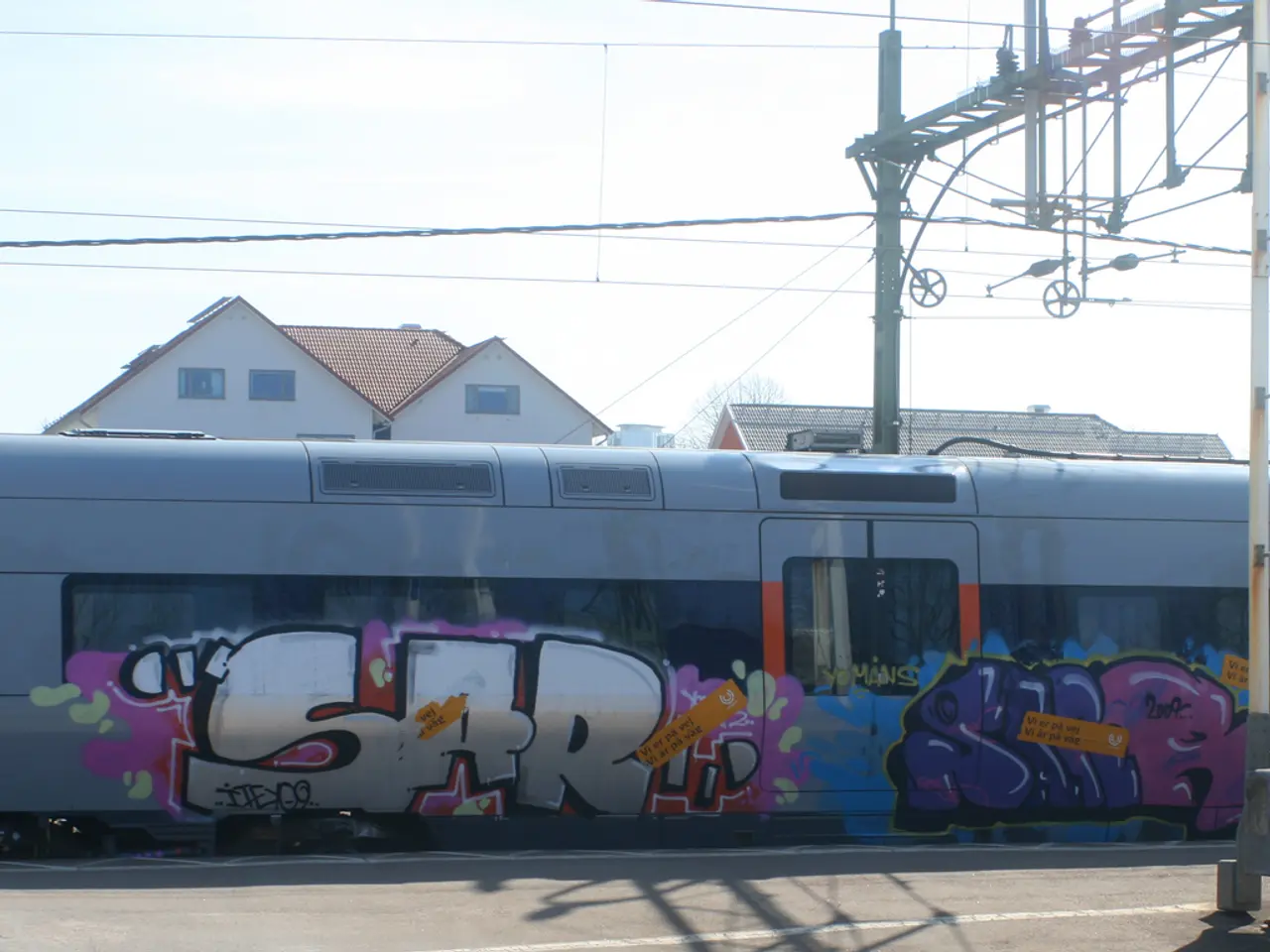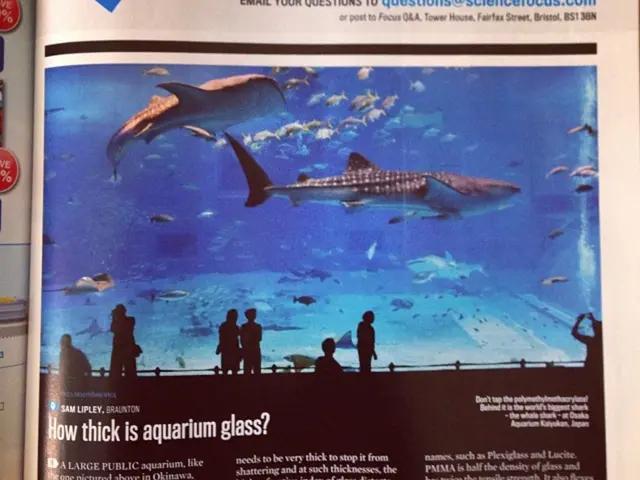Disaster Report from Lisbon: Connection Lost on Doomed Train Line
In an unfortunate turn of events, a cable car accident occurred in Lisbon on Wednesday evening, claiming the lives of 16 people and injuring 21 others, some seriously. The accident involved 11 foreigners and the operator.
The tragic incident took place at the steep street Calçada da Glória, where the cable car, one of the city's most famous tourist attractions, annually transports around three million passengers. According to the GPIAAF report, the cable that had detached from the vehicle shortly after the start of the journey had been in use for 337 days.
The train derailed at a curve, colliding with a street lamp post and a cast iron utility pole, overturned, and finally crashed into a building. The cable used in the Lisbon cable car consisted of six strands, each with 36 steel wires and a fiber core, and had a total diameter of 32 millimeters. The breaking load of the cable was approximately 68 tons.
It is suspected that the pressure air brake system either failed or was insufficient. Despite the operator immediately applying the pressure air brake and the hand brake, these measures had no effect.
The company responsible for operating the Elevador da Glória before the fatal accident on Monday evening was Carris. They emphasized that all maintenance protocols were followed, including the mandatory inspections every four years.
Among the fatalities are five Portuguese nationals, including the driver, and one each from Switzerland, Ukraine, France, the United States, Britain, Canada, and South Korea.
The authority plans to submit a more detailed report in about 45 days and a comprehensive final report in one year. Further investigations are necessary to determine how the cable detached from the vehicle. The cable was to be replaced in less than nine months, and this specific cable type has been in use in the Lisbon cable car for about six years.
No previous accident of this kind involving one of the three funiculars had occurred in Lisbon. The expected lifespan of such a cable is 600 days. The accident involved the cable connecting both cars at the lower and upper ends of Calçada da Glória, which had given way at the attachment point on the upper part of the accident vehicle.
The Elevador da Glória, a symbol of Lisbon's rich history and vibrant culture, will remain closed until the investigations are complete and safety measures are put in place to prevent such a tragedy from happening again. Our thoughts are with the families and friends of those affected by this unfortunate incident.
Read also:
- Lu Shiow-yen's Challenging Position as Chair of the Chinese Nationalist Party (KMT) Under Scrutiny in Donovan's Analysis
- Berlin's Roma-Sinti communities asserting their presence in German theatrical arenas
- "The concept of 'corporate feudalism' is not viable"
- Approval Granted for Significant Infrastructure Initiatives in Maharashtra








